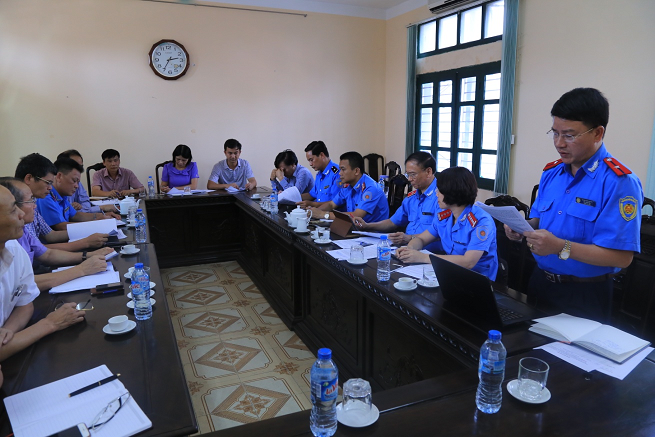According to current regulations, in each working year, officials and public employees shall be evaluated and classified as a basis for arrangement, utilization, training, fostering, rank elevation, or promotion of professional titles, etc., and the implementation of other policies for officials and public employees.

Illustrative image
 Evaluation and classification form for officials and public employees
Evaluation and classification form for officials and public employees
According to Section II of Guidance 1326/HD-UBDT, the evaluation of officials and public employees is conducted based on the following bases:
For officials:
- Obligations, ethics, communication culture, and prohibited tasks as stipulated in the Law on Cadres and Officials;- Standards for the rank of officials in leadership and management positions;- Duties according to the annual work program or plan assigned by leadership or unexpected tasks assigned for direction, organization, and implementation.
For public employees:
- Commitments in the signed working contract;- Regulations on professional ethics and conduct rules for public employees.
The evaluation and classification of officials and public employees are conducted annually. When officials and public employees transfer jobs, the new agency or unit is responsible for evaluating and classifying in combination with feedback from the former agency or unit (for cases with a working period at the former agency or unit of 06 months or more).
The evaluation and classification of officials and public employees are conducted in December each year, before the annual review and commendation. For public service providers operating in the field of education, training, and some other fields where the end of the working year is before December each year, the timing of the evaluation and classification of officials and public employees is decided by the head of the unit.
This evaluation result will serve as an essential basis for the arrangement, use, training, fostering, rank promotion, or career title elevation, planning, appointment, dismissal, transfer, rotation, commendation, disciplining, and execution of other policies related to officials and public employees.
For officials with 02 consecutive years of meeting the job requirements but having limited capabilities, or with 02 consecutive years in which 01 year meets the job requirements but with limited capabilities and 01 year not meeting the job requirements, the competent agency, organization, or unit shall reassign to another job; officials with 02 consecutive years not meeting the job requirements shall be terminated by the competent agency, organization, or unit. For public employees evaluated as not meeting the job requirements for 02 consecutive years, the unit shall unilaterally terminate the working contract.
Nguyen Trinh
 Article table of contents
Article table of contents
![[InfoGraphic] 6 forms of discipline for officials and public employees under Decree 71/2016/ND-CP](https://cdn.lawnet.vn//uploads/NewsThumbnail/2016/07/12/1319291-01.png)




.Medium.png)
.Medium.png)
.Medium.png)
.Medium.png)
